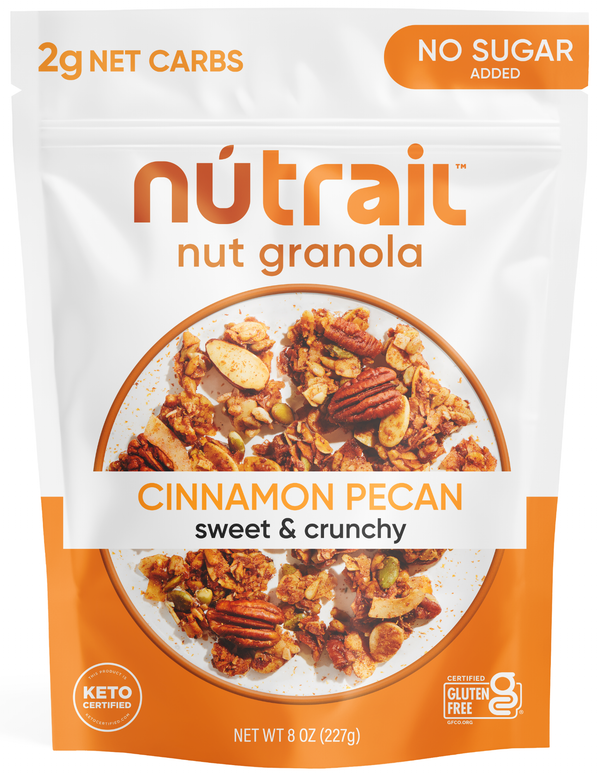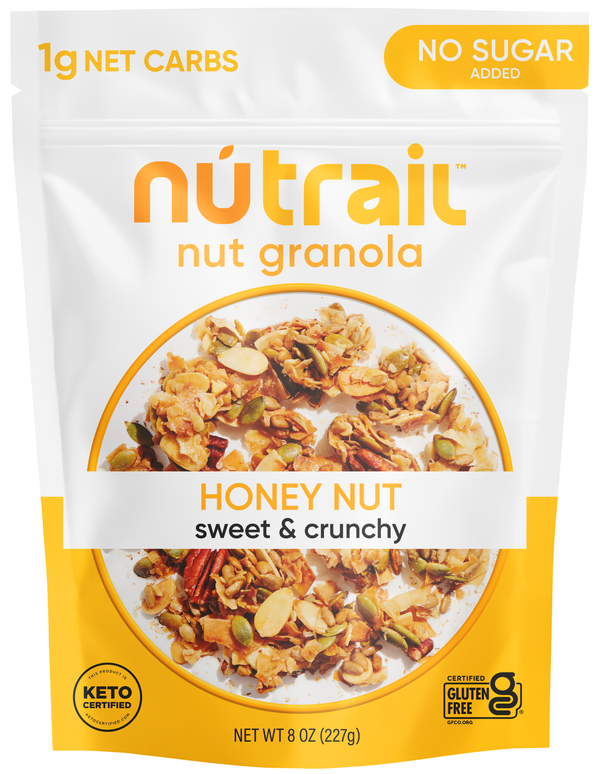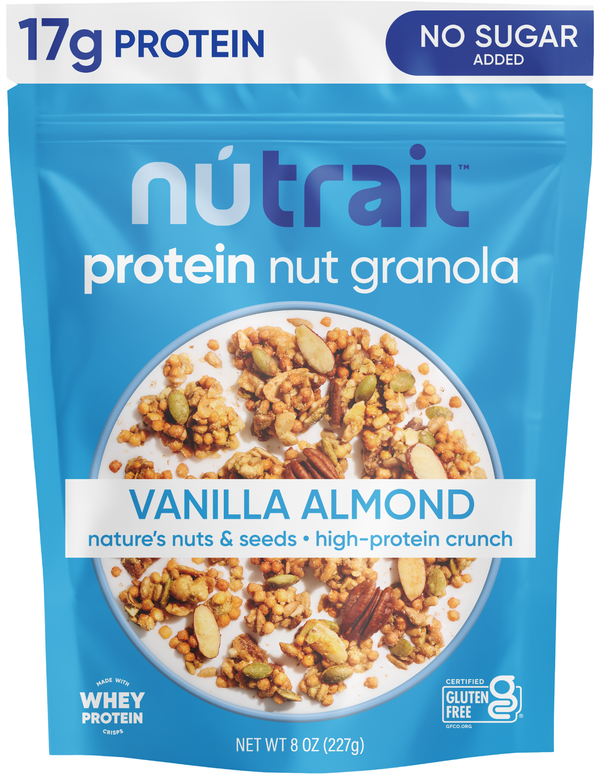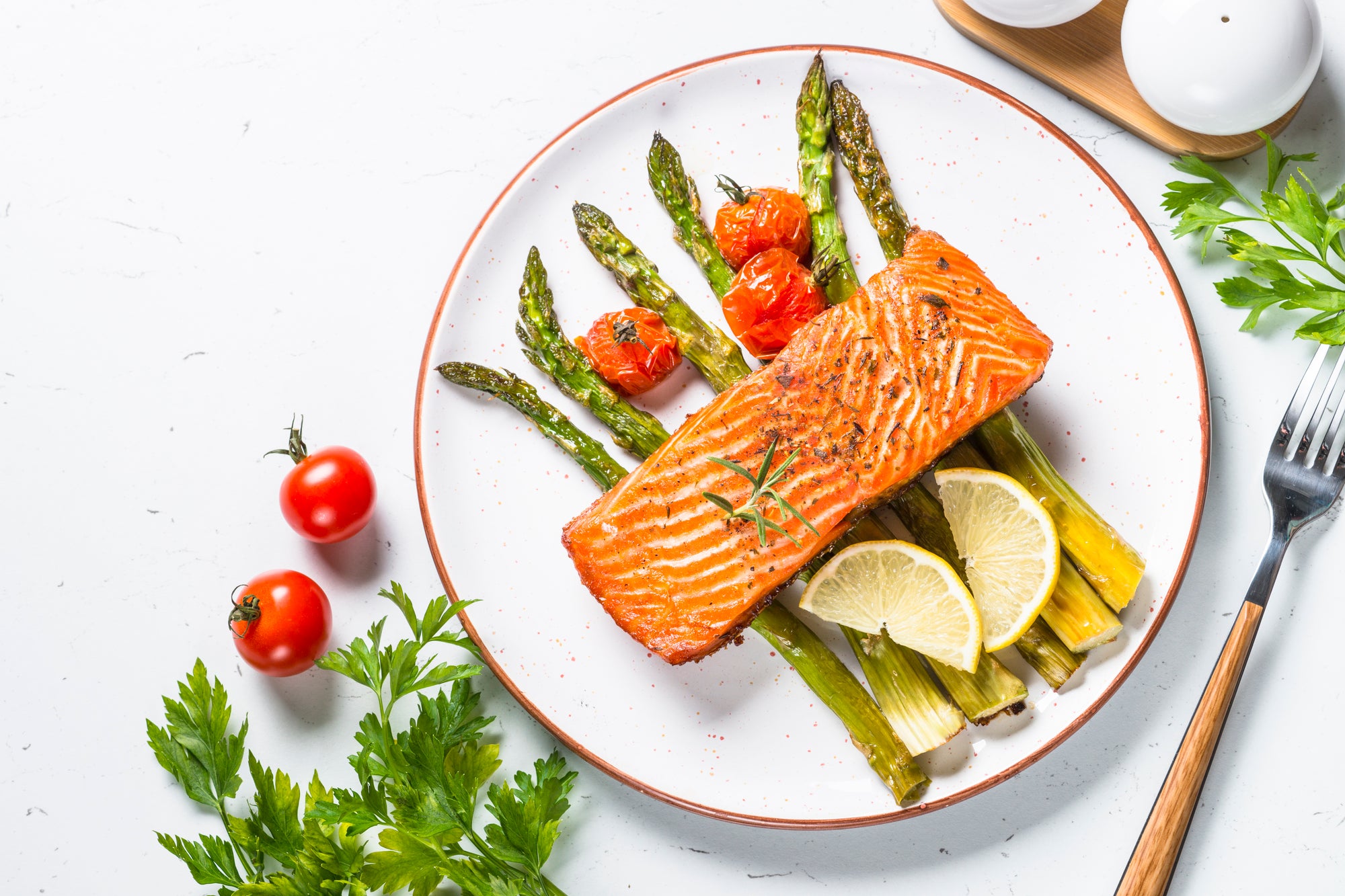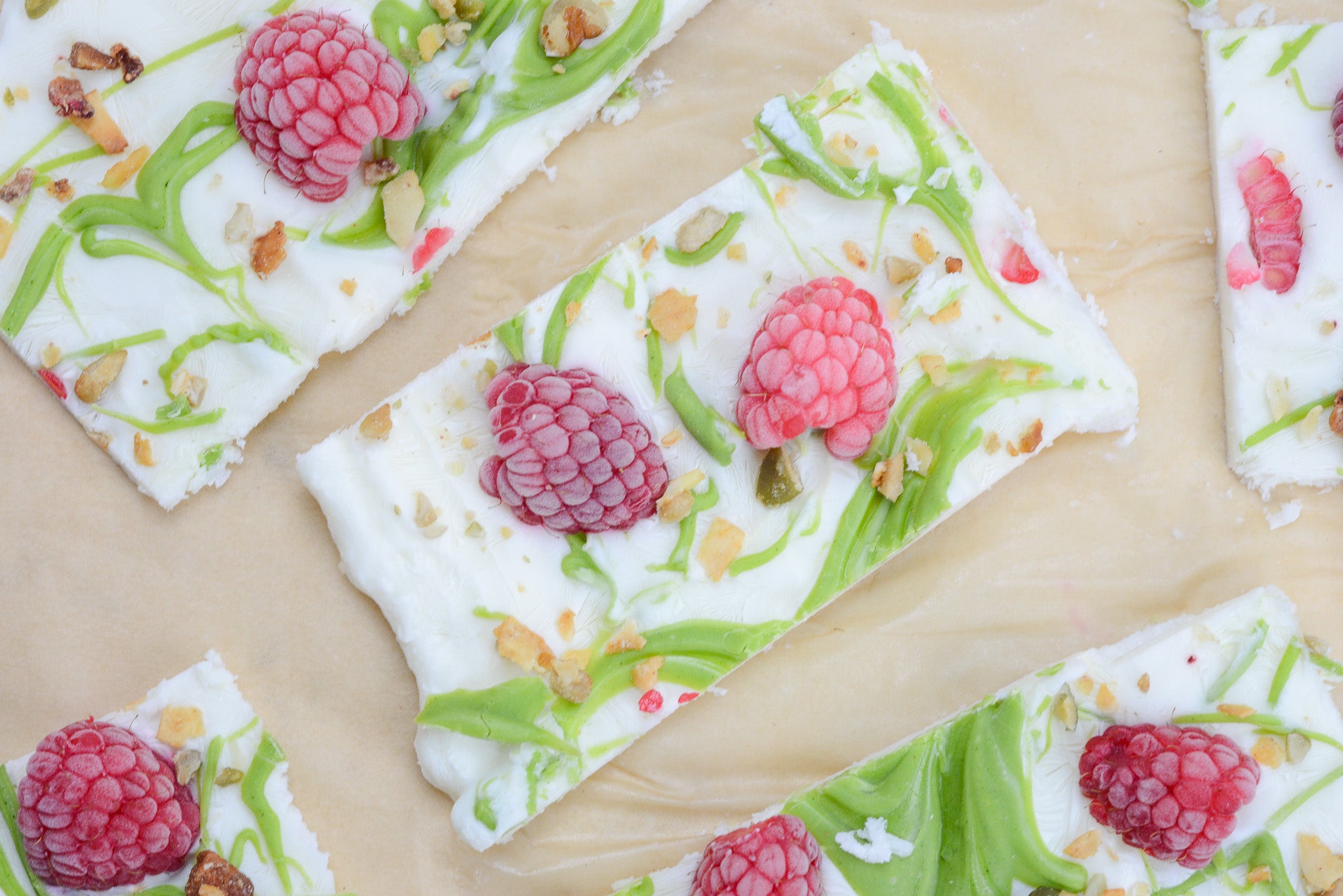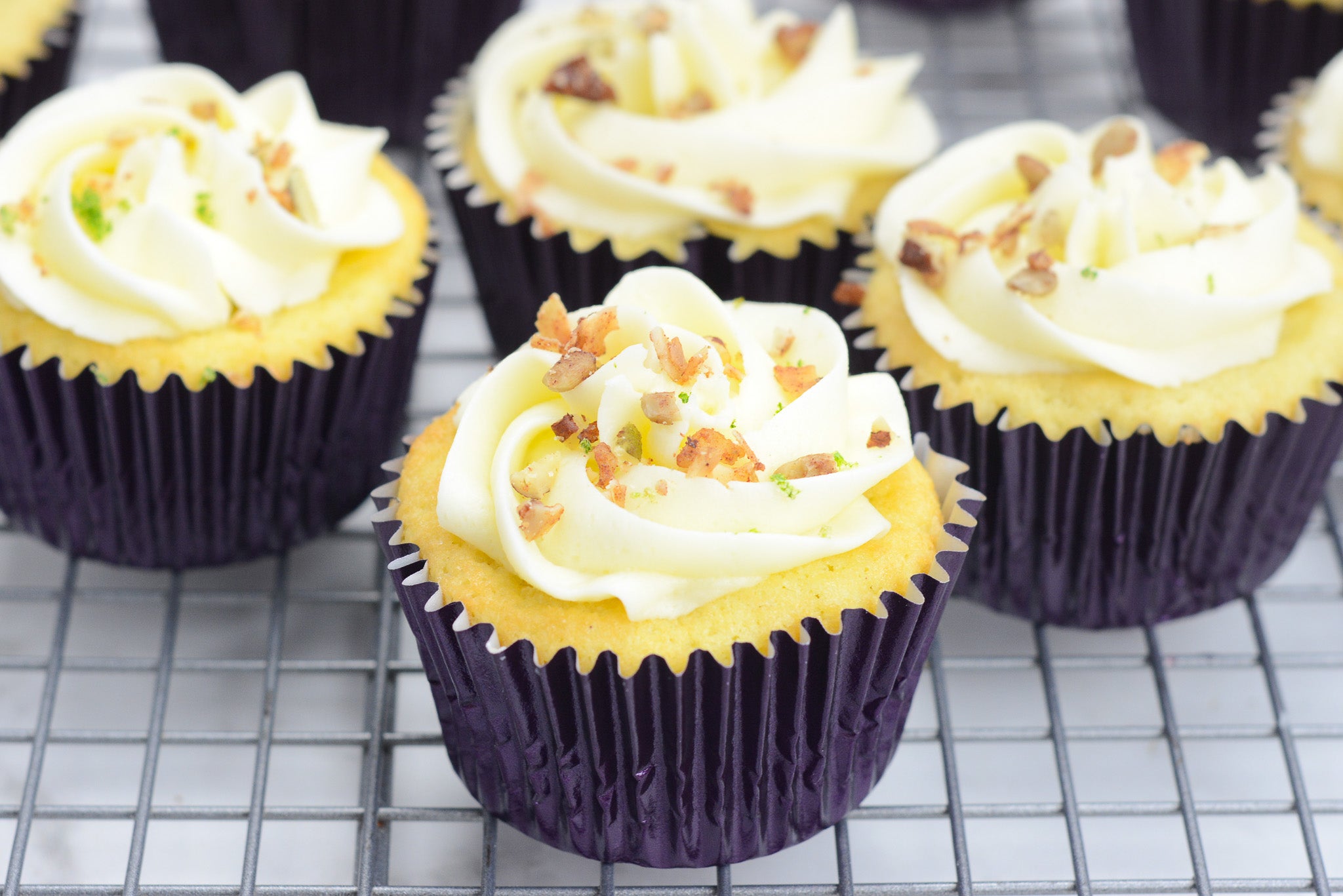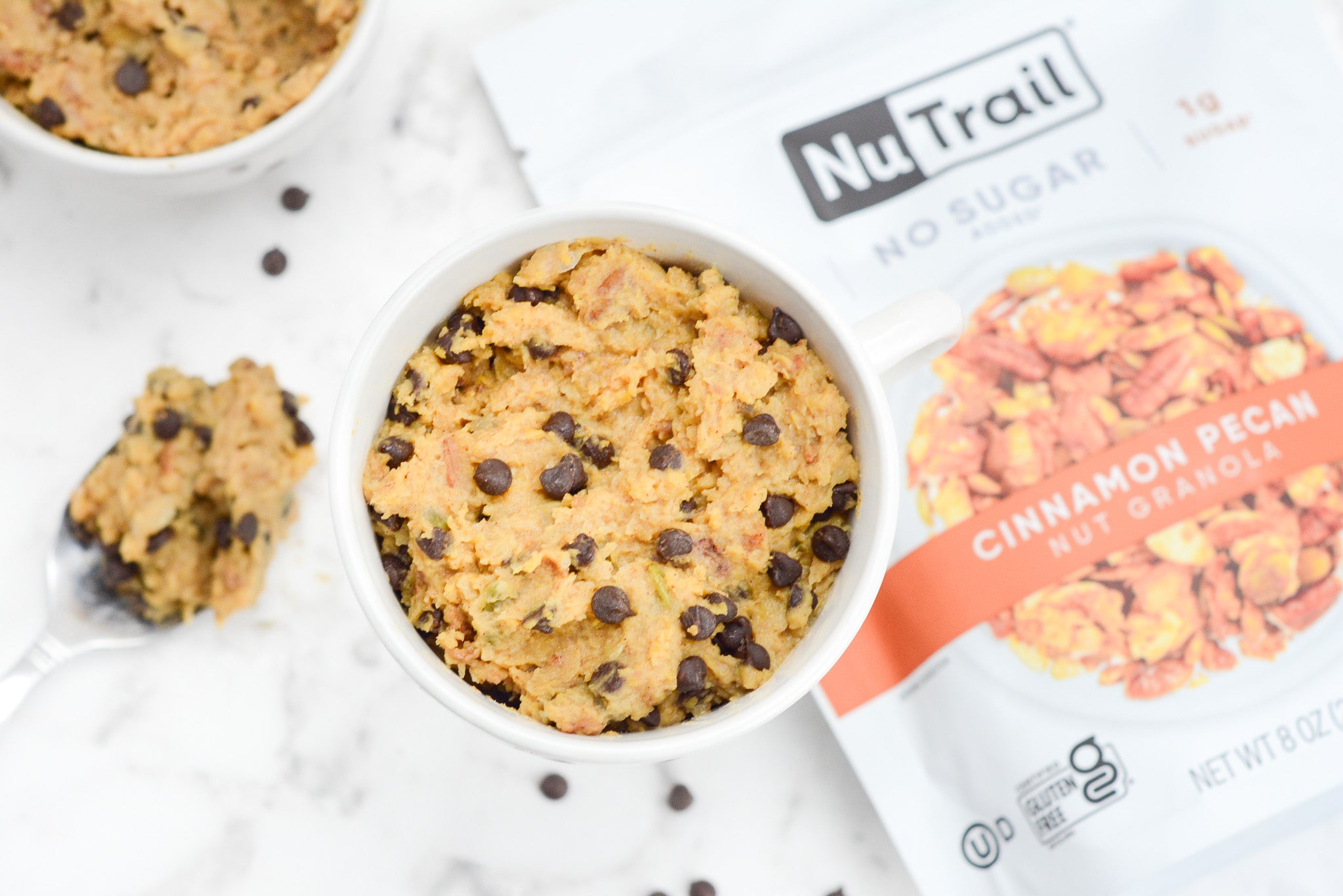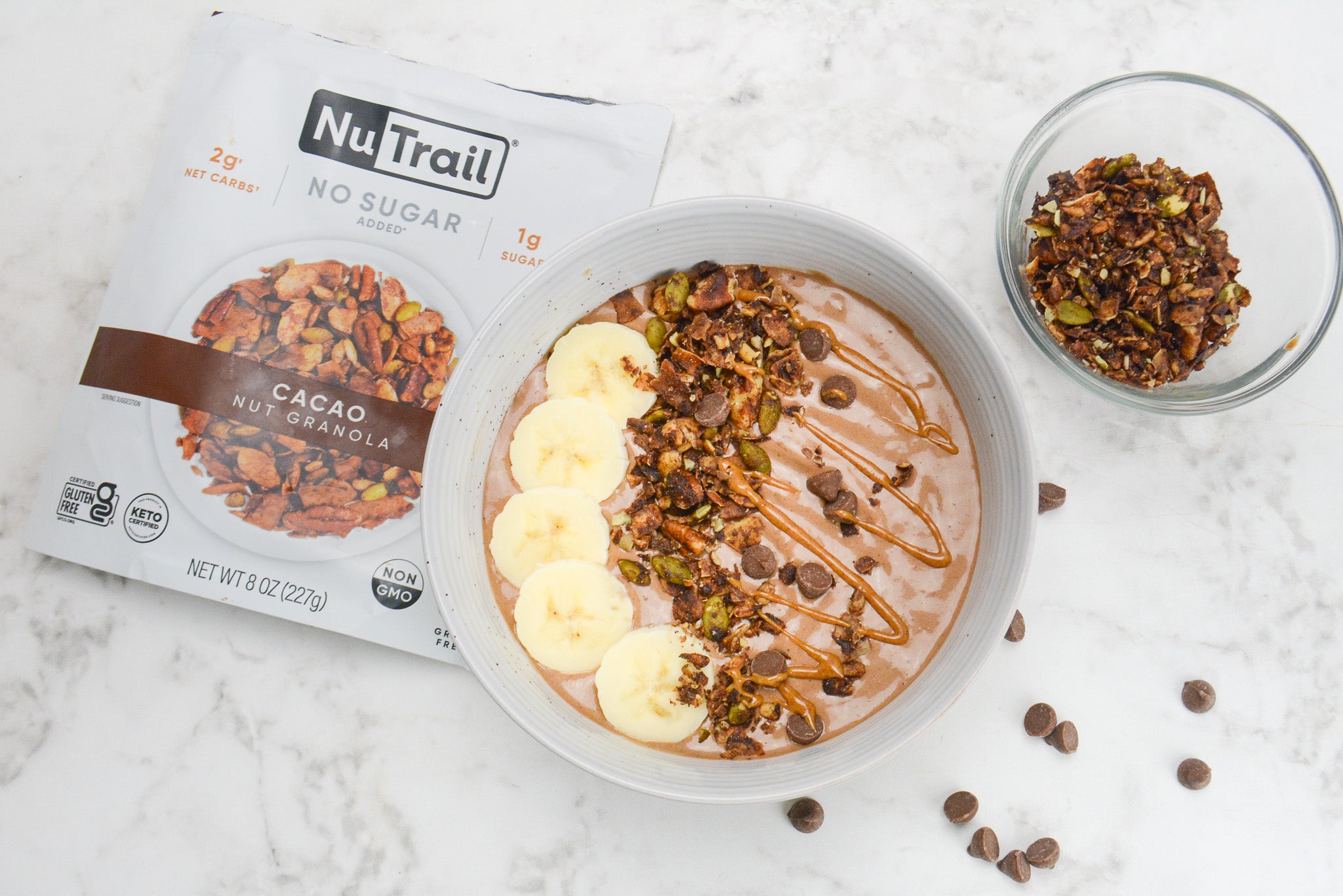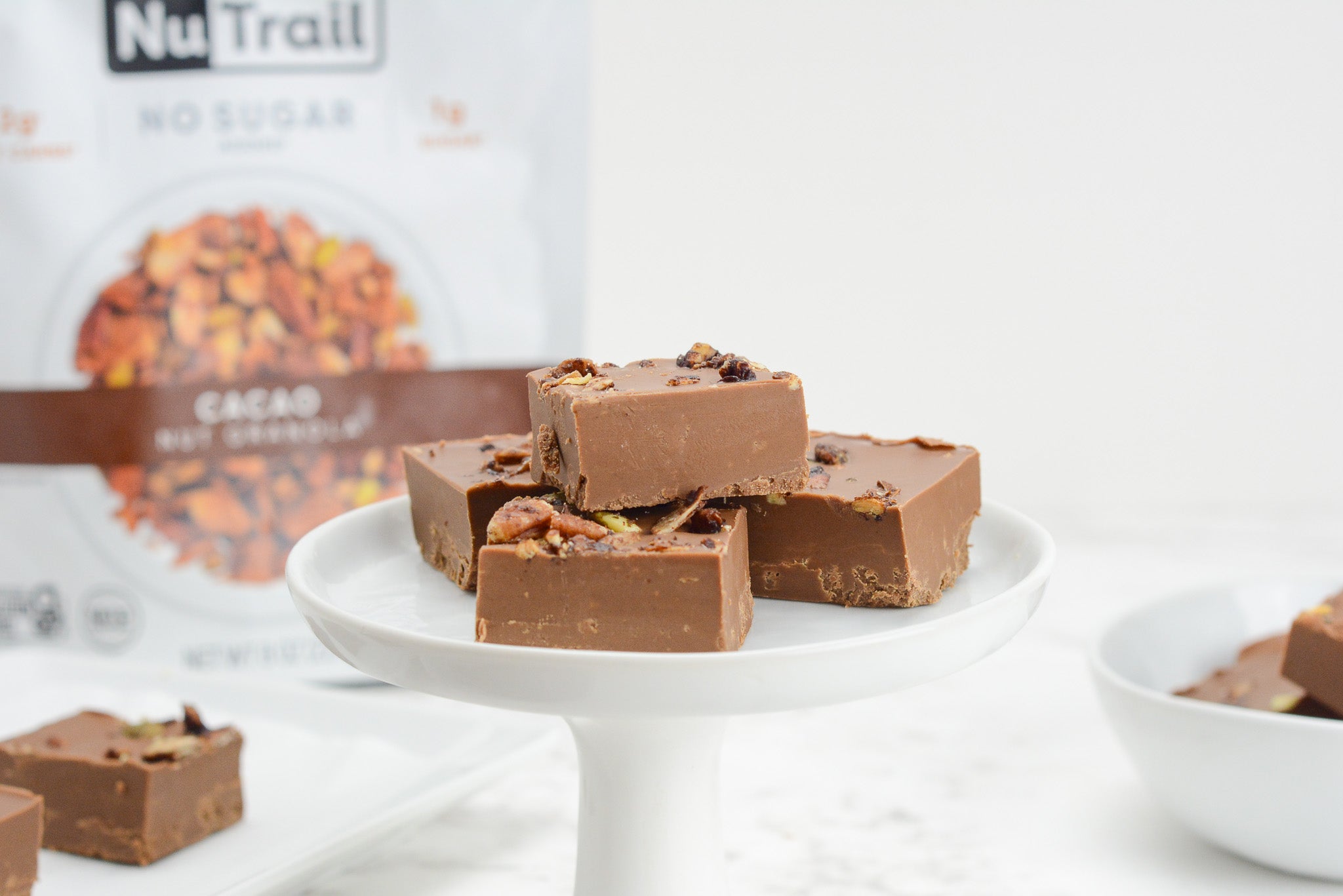By now, unless you have been living under a rock, you have heard the news that the keto diet is the ultimate pathway to weight loss.
“It’s a miracle! Lose weight by eating bacon and cheese!”
Is it the truth? Can you load up on fatty foods and eat your way to a trimmer waistline?
Well, the short answer is yes.
But the yes is qualified by the fact that to lose weight on the keto diet, you still need to practice portion control. To lose weight on any diet, you need to operate on a calorie deficit.
That means that you need to consume less than you burn to tap into your… ahem… reserves. (Love handles, muffin top, saddlebags, and jelly belly donut, we are talking to you).
While keto may help you do this because eating a high-fat diet may help you stay feeling full for longer, it is not a miracle per se. It is science. Read on to learn more about the keto diet, how it works, and how portion control is still key for weight loss.
The keto diet has been deemed somewhat of a miracle for weight loss, but is portion control important on a ketogenic diet?
Can you even stay in keto without portion control?
Simply put, you cannot lose weight or maintain your health without exercising appropriate portion control with your food intake.
If you are overeating, you will never see results, whether or not you are on the keto diet.
To stay healthy, you must focus on feeding yourself to fuel your body, being mindful to only eat when you need food, not because there is food available to you.
Portion control is just as important on the keto diet (if not more) than on any other diet.
WHAT IS KETO AND HOW DOES IT WORK?
Keto is short for ketosis, a metabolic state in which your body fuels itself with fat.
This is instead of fueling itself from glucose (which is a fancy schmancy word for sugar).
How do you achieve ketosis?
Well, the answer is simple (which is not to be confused with easy).
You must restrict your intake of carbohydrates and consume primarily fat.
You see, your body metabolizes everything you eat (literally, everything) as one of three types of macros.
It will either be consumed as a carbohydrate, fat, or protein.
On the keto diet, your goal is to consume 75% fat (helloooo bacon), 20% protein, and a mere 5% carbohydrates, which, as you get going with tracking macros, you will come to realize will be basically only from non-starchy vegetables.
You can go ahead and kiss your pizza, pasta, rice, and French fries goodbye. See? We said it was simple but not easy.
Here’s the kicker.
Those percentages are only one piece of the puzzle.
The other (very important) piece of the diet is portion control. Regardless of whether or not you restrict carbs and eat mostly fat, you will not lose weight if you are overfeeding yourself.
IS PORTION CONTROL IMPORTANT ON A KETOGENIC DIET?
Yes, it is. In fact, portion control is essential when you are on any diet (or no diet at all). Let us put this plainly for you. Portion control is just an important part of simply being a human. Or at least a healthy one.

Think about our history as a species. Before we were able to walk into a grocery store (or drive through a fast-food restaurant, or gasp… grab candy and junk food from the gas station), we had to rely on our survival instincts as hunter-gatherers.
That meant we had to literally hunt and gather our food. We were not sitting around tables indoors eating gigantic plates of food until we had to unbutton our jeans, felt sick, and hated ourselves, whining about how fat we look to all our friends.
Oh no. We were more likely walking for miles (maybe for days at a time) only to happen upon a lucky patch of berries that would have to hold us over for another long period.
When we found meat, it was in the form of a living animal that needed to be hunted, skinned, prepared, and shared with everyone we knew. It was a treat, not a given.
Talk about portion control. It was built into our existence by necessity. Sugary condiments? Nope. Grains? Nope. Legumes? Nerrrp.
So, what is with portion control on the keto diet? Is portion control important on the ketogenic diet? Well, again, it is.
The premise of filling up on fats is just that. Fat is very filling. It takes a long time for your metabolism to break it down, so it makes you feel full very fast (as in, without eating a ton of it), and keeps you feeling full for longer than other types of foods.
Is it still possible to overeat fat? You bet your bottom string cheese it is! Not only is it possible to overeat fat, but it can also be dangerous.
It is not necessarily healthy to flood your system with excessive amounts of fat.
Your heart health and cholesterol levels may need some attention if you are overfeeding with fat. Enter portion control!
HOW TO PORTION CONTROL
Portion control is not only essential for weight loss but also overall health. Did you know that your stomach is only as big as your two hands cupped together?
That means that no meal that you ever eat should exceed the volume of your two hands together, no matter what you are eating. (Yes, even healthy things like vegetables and salads can be more than you need.)
In the western world, we also tend to eat as a means of socializing. Food is an event. It is a reason to gather.
And hey, there is nothing wrong with that. But it would help if you focused on how you are feeling and only eat when you are hungry. Also, most people do not need three huge meals a day unless they are some kind of cardio-centric athlete.
Eating three meals a day is nothing more than an arbitrary societal construct. If you are going to eat three whole meals, make sure that you are exercising portion control by not overeating and that whatever is on your plate is nutrient-rich to fuel your body (not just to taste flavors).
An easy way to get a grip on portion control is by eating your food on smaller plates.
Typical dinner plates in our culture are enormous. Your stomach is not that big, and you do not need an entire dinner-sized plate of food to feel full.
If you are dining out at a restaurant, you can ask your server to plate only half of your meal and to bring the other half packed in a to-go container.
That way, you won’t be tempted.
Another way to exercise portion control is by drinking water. Before your meal, drink as much water as possible. Also, fill a whole glass of water with your meal and take sips of it in between bites.
Water is actually very filling and will help you to eat smaller portions.
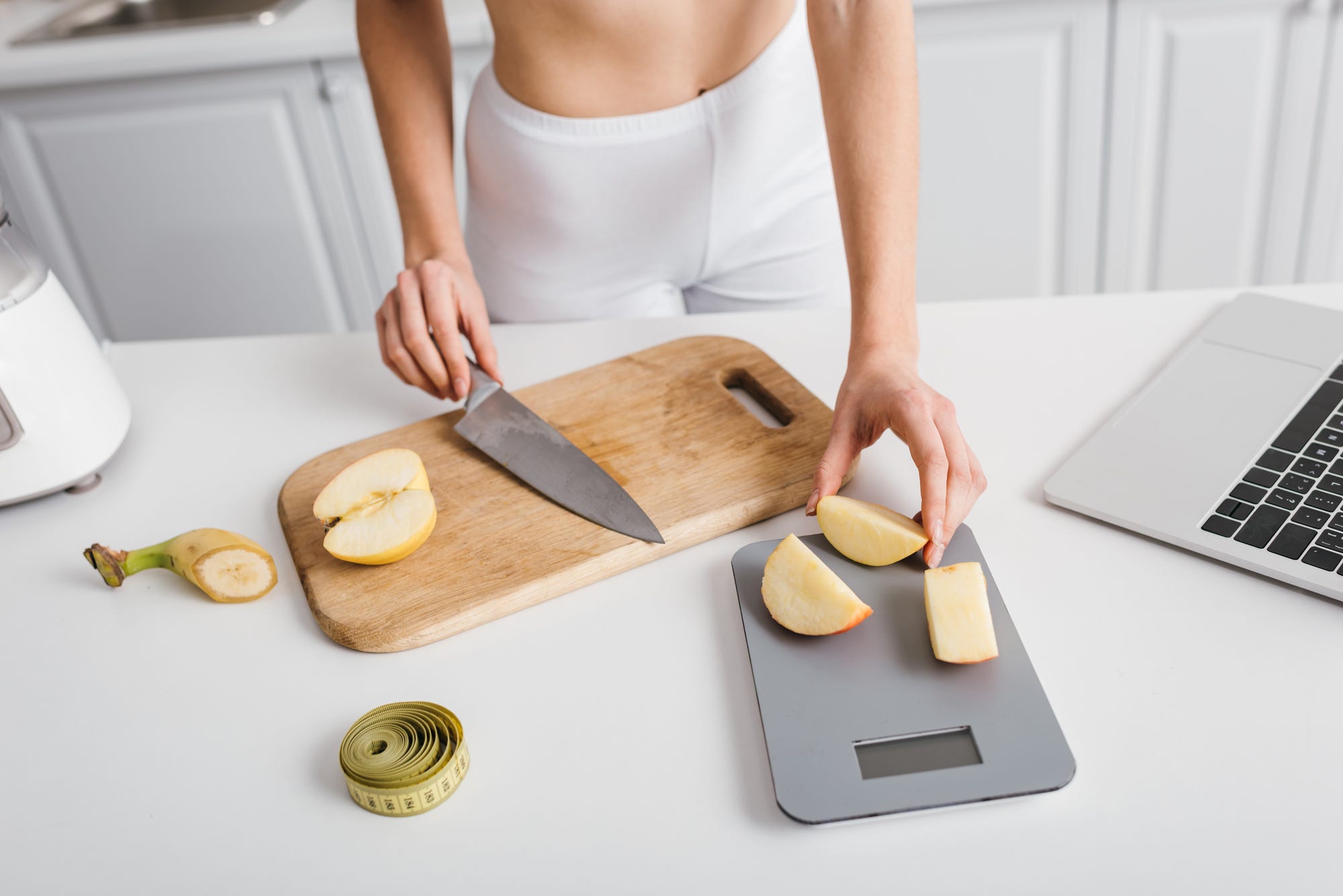
If you have time to meal prep each week, consider using a scale to weigh out proper portions for each item you plan to eat.
You can also plan and prep your meals with portion control containers. Amazon offers a myriad of different options.
If meal prepping isn’t your jam, that is okay. You can also educate yourself and re-train your appetite by simply reading food labels more carefully.
We often consume entire packages of items because we didn’t realize that a package is three or more servings.
For example, did you know that the average box of mac and cheese contains 3.5 servings? If you have ever eaten an entire container by yourself, you may understand the shame that follows.
The reason is that you neglected to exercise portion control. Don’t worry, it is an easy fix.
Lastly, the easiest way to practice portion control is simply to stop eating when you are no longer hungry.
We do not mean to stop eating when you are full. Those are not the same thing. You see, there is a delay from the time that it takes for food to fill your stomach to the time it takes your body to relay that information to your brain.
By all means, if you are legitimately hungry, eat.
Feed yourself to fuel yourself. Nourish yourself. But when that sensation dissipates, as it will after an appropriate portion, simply stop eating.
NuTrail — Keto Granola, Biscuits, Bread and Baking Mixes
Join our Keto Community on Instagram & Facebook.
Sign up to receive NuTrail emails.

